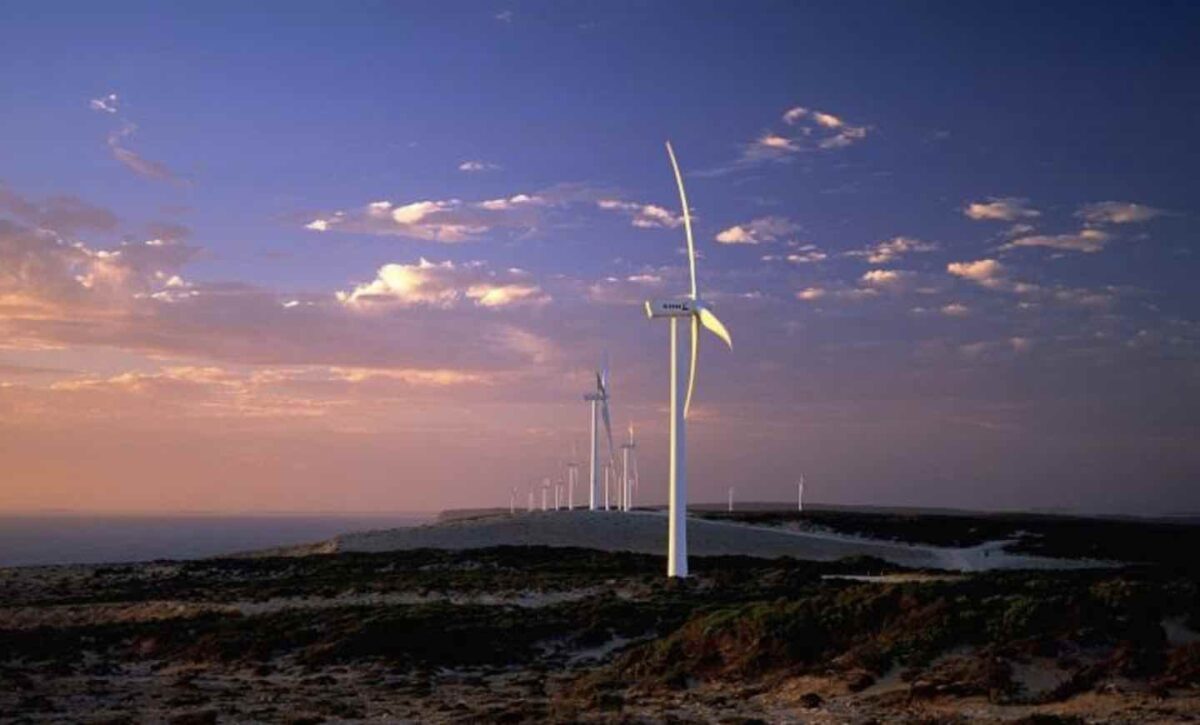Energy efficiency, demand management, load shifting, electrification. These are all terms that have been around for a decade of more, but they are suddenly gaining a new importance as customers, regulators, and policy makers seek smart solutions to a grid dominated by wind and solar.
A major new report – Clean Energy, Clean Demand – released on Wednesday by the Energy Efficiency Council points to the role that smart management of energy and demand can play over the coming decade, particularly when storage is still relatively expensive and not yet ingrained into the market.
Some of the main terms – such as efficiency and demand management – have been around for a long time, even if the opportunities they offer have been largely, although not totally ignored.
But the EECs Rob Murray-Leach says these technologies are now becoming critically important, part of a new suite of ideas that will require all those involved in the grid, from the producers to consumers and operators, to change their thinking about the way the grid is managed.
One of these concepts is “spilled energy,” when excess wind and solar is simply “let go”. Murray-Leach says this is not a bad thing, but inevitable (and it won’t deplete the sun, as some naysayers suggest).
“A key conclusion of this report is that – counter intuitively – an affordable renewable electricity grid will require both energy efficiency to minimise demand in lean periods, and the spilling of excess generation during periods of surplus production,” the report says.
“While attempts should be made to find valuable uses for this surplus generation, a degree of spilling is inevitable.
“However, by maximising the use of renewable generation and reducing the extent that generation needs to be ‘oversized’ to ensure sufficient supply during critical demand periods, energy management can reduce spillage.”
The thrust of the report is that energy efficiency – and its associated concepts – will not only help keep energy systems affordable, it also helps minimise the risk in the speed of the transition.
This speaks to the that challenges in the roll out of generation, storage and transmission could significantly delay the energy transition.
A timely reminder of that is the first statement issued by the new energy minister in NSW, Penny Sharpe, who this week spoke of the problems when “the sun doesn’t shine and the wind doesn’t blow.”
Managing demand, the EEC insists, will reduce the impacts of delays in projects or the development of new technologies and provide a low cost pathway to do so.
The report also notes that energy management is critical to eliminating emissions from gas, petrol and diesel.
And it notes that while buildings and smaller vehicles are well-placed to electrify, sectors such as manufacturing, mining and larger vehicles will likely switch to a mix of electricity, biofuels, hydrogen and other renewable fuels.
Some of this efficiency will happen automatically. “Electrification of the economy will be associated with a significant improvement in energy efficiency, as electric heat pumps and motors are far more energy efficient than their fossil-fuel counterparts,” it writes.
But it also warns that electrification will still dramatically increase electricity consumption, particularly during winter, compounding the challenges and costs of transforming the electricity system.
It says it must be introduced as efficiently as possible, with appliances and vehicles drawing from the grid at times which minimise load on the system.
It also notes that there are compelling reasons to invest in energy management in buildings. “Australian homes are too often unhealthy and uncomfortable because they are draughty and poorly insulated,” it writes.
“Upgrading them would save lives and reduce the cost of our health system. The health and productivity improvements brought by investment in energy management are equally important in the workplace,6and have been ignored for too long.”
Part of the problem is that the Australian energy sector has traditionally treated energy demand as fixed and immutable, and considered demand separately to supply. Who can forget the comments by former Snowty Hydro chief Paul Broad, who equated demand management to enforced blackouts?
“Increasingly, experts are recognising the real choices about how energy is used. Thinking about supply and demand together is critical for the future of the energy system,” the report says.
“Smarter energy use isn’t a sacrifice – it will deliver better homes and businesses while cutting energy bills and emissions.”
Note: You can listen to an interview with Rob Murray-Leach on the latest episode of the Energy Insiders podcast to be published this week.










